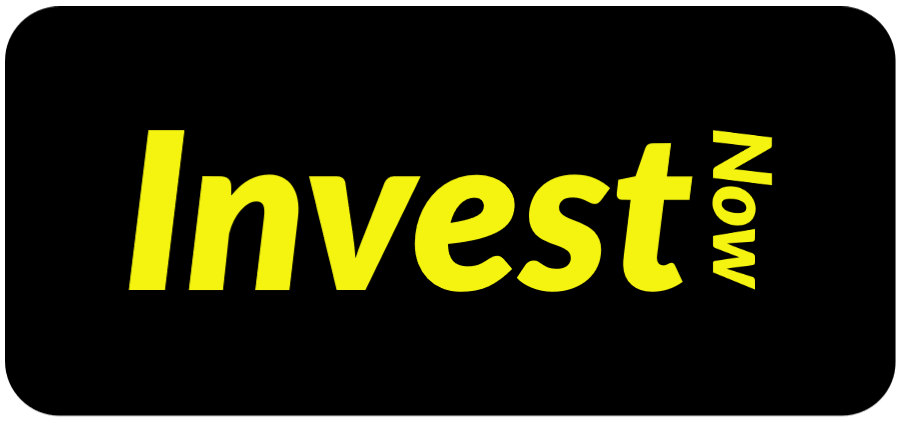Stock Trading Simplified: How to Earn More than Fixed Deposits
In the earlier section, you have been taught how you may depreciate your money by ‘saving’ in fixed deposits (FD).
If you have not, please click previous to find out more.
In this section, we will explore how buying shares/stocks of a public listed company could yield higher returns than FD.
Many are afraid of investing in the stock markets not because of the underlying risks (if you ask them what the risks are, they’d most probably say, “I don’t know. I heard that it’s risky mah. The movies showed people lost their houses, cars, and families from playing with stocks”),
but mainly because they do not understand how stock markets work, how to read the stock charts, how to evaluate a company’s financial stability, how to determine which ‘safer’ stock to buy, how to buy/sell, and the list goes on. These HOWs could be answered with the one-to-one private assistance services offered by InvestNow, which you could join as a member here.
InvestNow simplifies stock earnings in one basic rule, that is to ‘Dividend-ize’ your money or to grow your investment with cash dividends.
A Dividend Yield is the last dividend per share divided by current stock price. It is used to estimate how much dividend one can get from buying a particular share. The higher it is, the more you could expect to receive as a dividend. However, one has to note that a high Dividend Yield may not always be a good sign as the high percentage could mean that shareholders are selling off their shares for many negative reasons.
Whereas the Payout Ratio is the dividend per share divided by earnings per share. The Payout Ratio can signal a company’s financial strength as it determines the sustainability of a company’s dividend payment program. You can see it as how much a company is willing to or can afford to pay its shareholders with a portion of its net income, after considering how much (from the net income) to reserve for future development or expansion. And……Ok! We won’t go thru these boring and complex technical stuff here.
Think of stock dividends as the interest return from a FD account. You put the money in (buy the shares), hold it (don’t sell first), and wait for the interest (dividends). Not only are dividends generally higher than the FDs, but also you can buy just before the ex-dividend date (the cut-off date for the upcoming dividend) and then sell those stocks shortly after you have received the dividend. Alternatively, you can also choose to reinvest the dividends to buy more shares of the same stock so you can grow a higher dividend next year.
| Invest in Stocks | Invest in Fixed Deposits | |
| Amount | S$10,000 | S$10,000 |
| Price | S$0.50 per share; you own 20,000 shares | – |
| Tenure | You can buy/sell before/after the ex-date | locked for 12 months |
| Dividend Yield/Interest Rate p.a. | 10% | 3.5% |
| Inflation Rate | 5.5% | 5.5% |
| Final Dividend Announced | S$0.05 per share | – |
| Return on Investment (before minus misc fess) | S$1,000 | S$350 |
| What your money should worth against inflation | S$10,550 | S$10,550 |
| What your money is worth after the investment | S$11,000 | S$10,350 |
| What you earned or lost | Earned $1,000 | Lost S$200 |
Albeit, the more common numbers are below 5%.
Join InvestNow to identify the profitable companies with stable dividend increments each year (not those who are paying dividends with debts) or at least with a rate equal to the inflation rate. If you want more than that, join InvestNow to learn another simplified stock investment trick in ETFs with robo-advisors.
